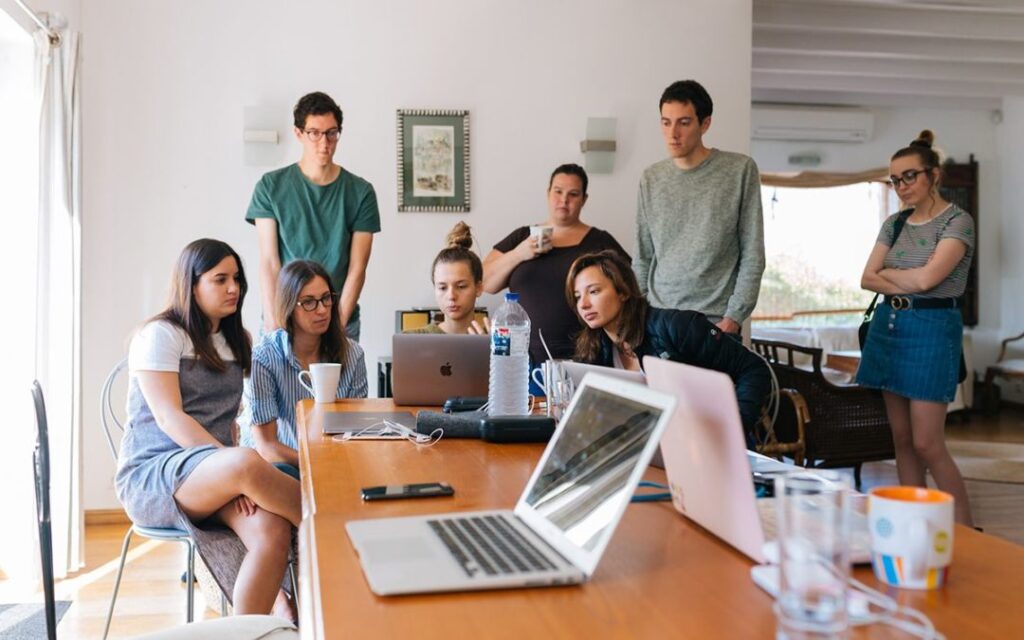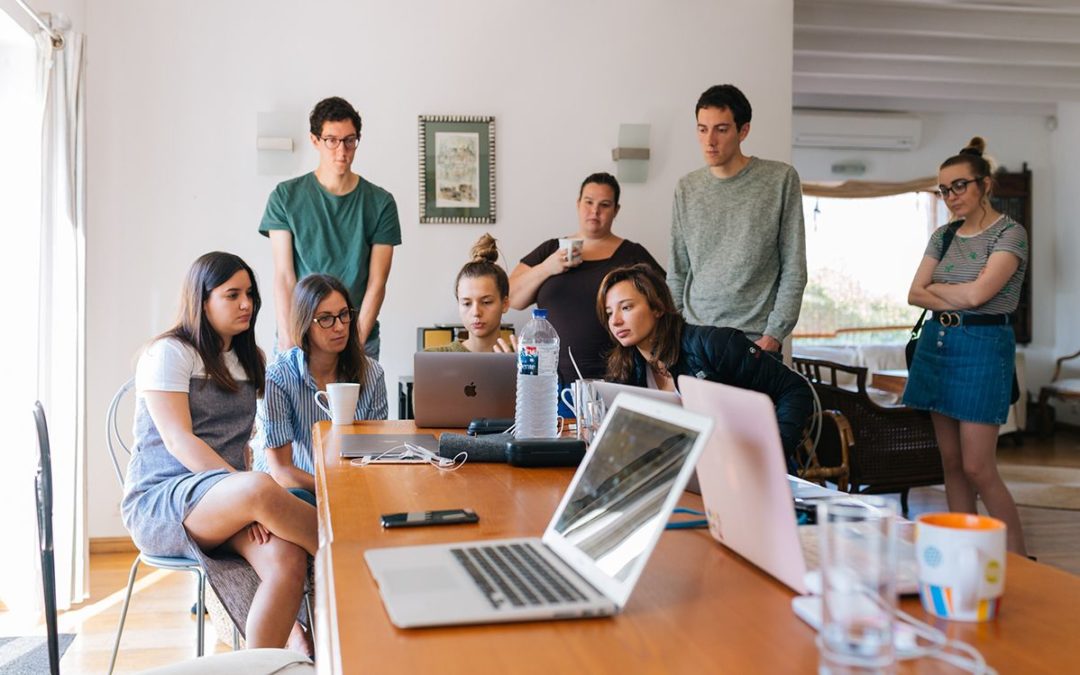We believe in the power of design to create inclusive experiences that cater to a diverse audience. That’s why we prioritize accessibility and inclusivity in our design process to ensure that everyone can engage with and benefit from our designs. In this article, we will explore how we incorporate accessibility and inclusivity into our design process, and why it is crucial for creating exceptional user experiences.
I. User-Centered Design:
Research and Empathy: At the core of our design process is thorough research and empathetic understanding of the target users. We go beyond surface-level assumptions and delve deep into their needs, desires, and pain points. Through methods like user interviews, surveys, and usability testing, we gain valuable insights that inform our design decisions. By putting ourselves in their shoes, we develop a deep sense of empathy that allows us to create designs that truly resonate with and cater to their specific requirements.

Inclusive User Testing: Inclusivity is a fundamental principle in our design approach. We believe in involving a diverse range of users in our testing process to ensure our designs are accessible and usable by everyone. We actively engage individuals with disabilities, different cultural backgrounds, and varying levels of technical expertise. By including a broad spectrum of users, we gather a wide range of perspectives and feedback, helping us identify potential barriers and make informed design choices that benefit all users.
II. Designing for Accessibility:
Compliance with Accessibility Standards: Accessibility is a top priority in our design process. We adhere to internationally recognized accessibility standards, such as the Web Content Accessibility Guidelines (WCAG). By following these guidelines, we ensure that our designs meet the needs of individuals with disabilities. This includes considerations for screen reader compatibility, keyboard navigation, color contrast, and providing alternative text for images. Our commitment to accessibility ensures that all users can access and interact with our designs, regardless of their abilities.
Responsive and Flexible Layouts: We design with responsiveness in mind, creating layouts that seamlessly adapt to different screen sizes and devices. Our designs are fluid and flexible, allowing for optimal viewing and interaction across various platforms, including desktops, tablets, and mobile devices. By prioritizing responsive design, we ensure that our designs are accessible and user-friendly across the ever-expanding range of devices and screen resolutions.
III. Inclusive Visual Design:
Clear and Readable Typography: Typography plays a crucial role in our design choices. We carefully select fonts that are legible and easy to read, taking into consideration factors such as font size, line spacing, and typeface. Our typography choices prioritize clarity and readability, ensuring that the content is accessible to users with varying visual abilities.

Color Contrast and Accessibility: We pay meticulous attention to color contrast to ensure that essential information and interactive elements are clearly distinguishable. By considering the needs of users with visual impairments, we create designs with sufficient color contrast, making content accessible and enhancing the overall user experience. Our designs prioritize inclusivity, ensuring that users with different visual abilities can engage with the content effectively.
IV. Collaboration with Accessibility Experts:
Consultation with Accessibility Specialists: We recognize the importance of collaborating with accessibility specialists and consultants who possess expertise in inclusive design and accessibility. Their invaluable insights and guidance help us identify potential barriers and ensure that our designs meet the highest accessibility standards. By leveraging their knowledge and experience, we enhance the accessibility and inclusivity of our designs, providing a positive experience for all users.
Ongoing Accessibility Education: We prioritize continuous education and training for our design team to stay abreast of the latest accessibility guidelines and best practices. We actively seek opportunities to expand our knowledge and skills in the realm of accessibility. By staying informed and up-to-date, we continuously improve our design processes, allowing us to deliver designs that are accessible to all users.
By embracing user-centered design principles, designing with accessibility in mind, incorporating inclusive visual design, and collaborating with accessibility experts, we create designs that prioritize the needs of all users. Our commitment to inclusivity ensures that our designs are accessible, intuitive, and engaging for users of diverse abilities and backgrounds.

In conclusion, accessibility and inclusivity are at the core of our design process. We believe that design should be accessible to all and empower everyone to engage with digital experiences. By conducting user-centered research, designing for accessibility, prioritizing inclusive visual design, and collaborating with accessibility experts, we create designs that are inclusive, intuitive, and user-friendly.
Key takeaways for prioritizing accessibility and inclusivity in the design process:
- Conduct thorough research and engage users with diverse backgrounds and abilities to understand their needs.
- Design in compliance with accessibility standards, such as WCAG, to ensure accessibility for individuals with disabilities.
- Create responsive and flexible layouts that adapt to different devices and screen sizes.
- Choose typography and color palettes that enhance readability and provide sufficient contrast.
- Collaborate with accessibility specialists and invest in ongoing education to stay updated on accessibility best practices.
Contact us today to discover how we can incorporate accessibility and inclusivity into your design projects, and provide exceptional experiences for all users!

Leave a Reply